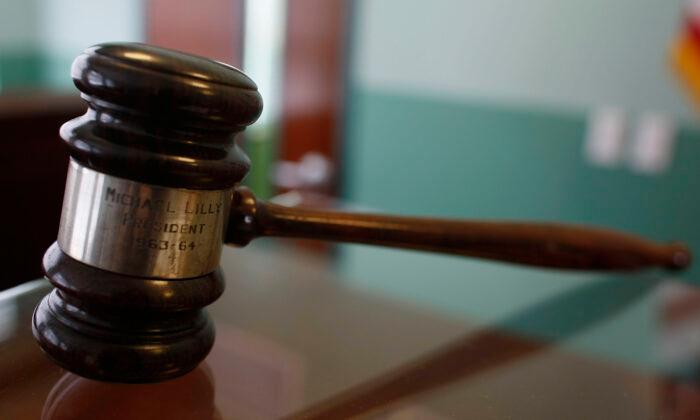The legal profession in Ontario is systemically racist, says the Law Society of Ontario. It has a report that says so. That report is the foundation for an extensive program of “anti-racist” and “Equity, Diversity and Inclusion” (EDI) measures to be imposed on all Ontario lawyers, paralegals, and firms.
The problem is, the report is highly questionable, and the society is not being forthcoming with information to back up their claimed findings.
About a decade ago, the Law Society created a working group to investigate systemic racism in the legal profession. The working group commissioned consultants to conduct a study. The consultants invited the 51,996 lawyers and paralegals in Ontario, and in particular those they referred to as “racialized,” to participate in a survey to assess their experiences. A total of 3,296 completed the survey, a response rate of 6.3 percent.
That survey is the primary basis for the report, and one of its key conclusions is that “fully 40% of racialized licensees identified their ethnic/racial identity as a barrier or challenge to entry into the practice of law or provision of legal services.” That 40 percent number has been endlessly broadcast as justification for the large suite of mandatory EDI programs.
But the report does not indicate how that number (and others) was arrived at. What’s the point, one might ask, of doing a statistical study if you then hide the numbers? However, if one picks up on some clues in the report and does some independent math and some reverse engineering to estimate what is hidden, there’s an interesting and surprising result.
The report indicates that 22 percent of lawyers and 25 percent of paralegals identify as “racialized.” Taking those percentages and applying them to the total number of lawyers and paralegals at the time, that means 11,617 lawyers and paralegals self-identified as being “racialized.” Working with further clues provided in the report, it seems that only 1,118 “racialized” professionals responded to the survey. That would mean that the 40 percent referred to would be 447 (that is, 40 percent of 1,118). The problem is that since all 11,617 were asked, those 447 are only 3.8 percent of those that were asked. In the result, what we seem to know for sure is that the 40 percent is inflated, and that the needed information is not provided in the report.
There’s another problem. Statistical studies are generally based on random sampling, which allows for the results to be extrapolated to larger populations. In this case, however, the sample was not random. Although every Ontario lawyer and paralegal was invited to participate, those who chose to do so self-selected.
Moreover, the participation rate was so low as to invalidate the results. In 2022, three experts who reviewed the report for the Law Society noted that the very low response rate prevented the results from being validly extrapolated to the overall profession. As one expert observed, “we must assume the survey respondents were more concerned about racism, reported more experiences of unfair treatment, [and] were more interested in the issues” than those who did not respond to the survey. In other words, the survey design meant that responses over-represented concerns about racism. The Law Society chose to keep those reports confidential.
I have been a bencher (a director of the Law Society’s governing body) for four years, elected along with a collection of like-minded individuals on the platform of repealing the infamous “Statement of Principles” policy, which required licensees to acknowledge in writing an obligation to promote the values of EDI in their professional and personal lives. We did indeed manage to repeal that policy, but the rest of the program is poised to proceed.
Over these past four years, I have spent uncounted hours attempting to get disclosure of information about the report and the Law Society’s processes related to these programs. Its refusal to do so has impeded my ability to fulfill my duties as a bencher and director of the LSO corporation. The Society’s intransigence and resistance to transparency has been so complete that I have reluctantly had to sue the Society in Ontario Superior Court to seek to obtain the release of information that all members of the Law Society, not just benchers, should be entitled to see.
Let’s count the errors. The Law Society adopted an ideological agenda. It approved a study with a defective methodology that failed to produce credible statistical results. It relied on those results to promote a conclusion that the study does not establish. It has used that conclusion to justify adopting an intrusive regulatory regime. And it refuses to disclose documents and information to its own directors, much less its members, on these processes.
Neutral regulators do not behave this way. The Law Society of Ontario has lost its way.

